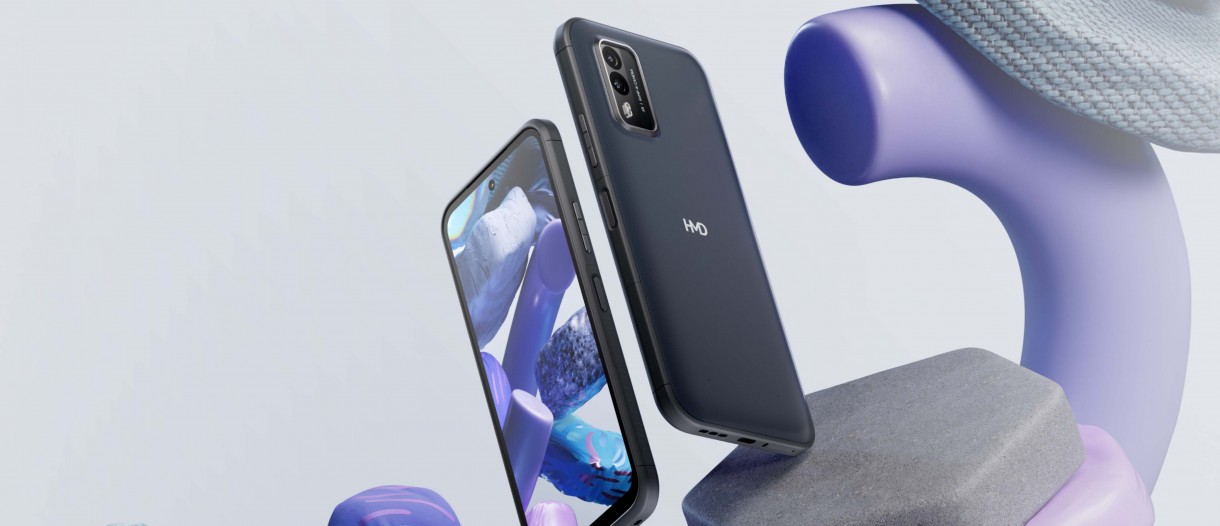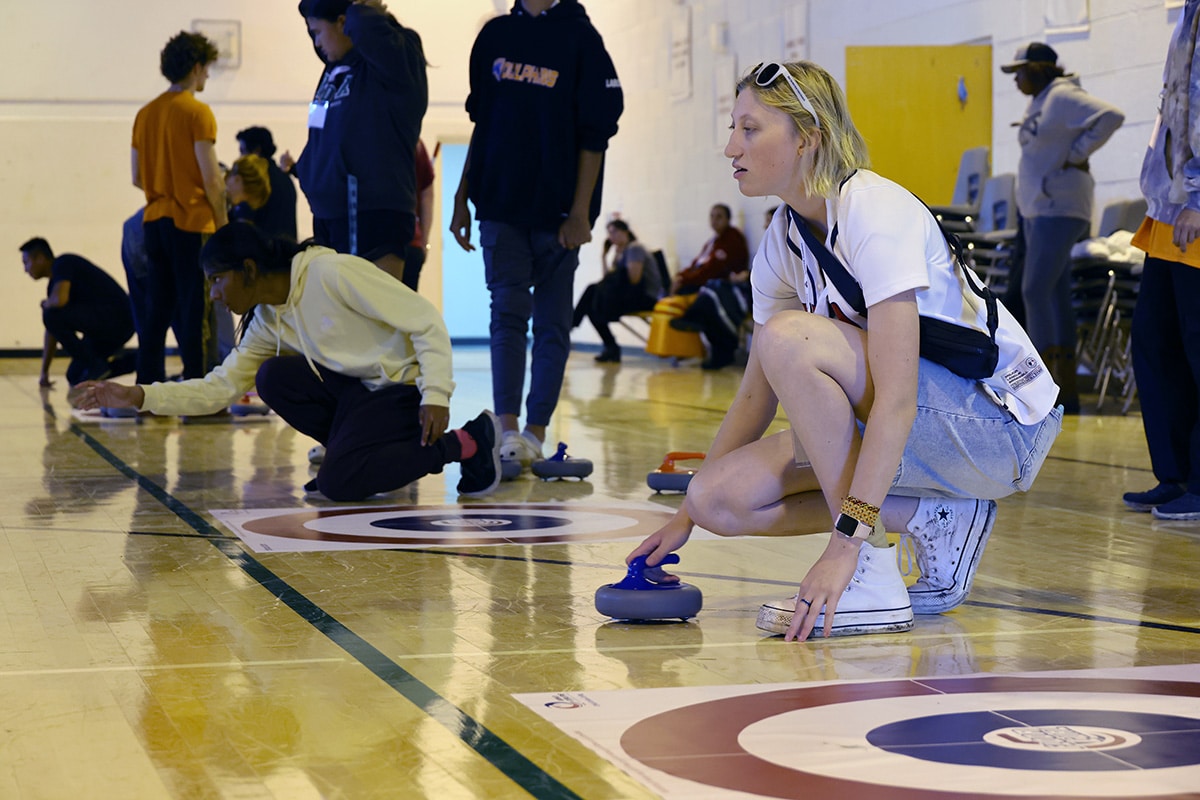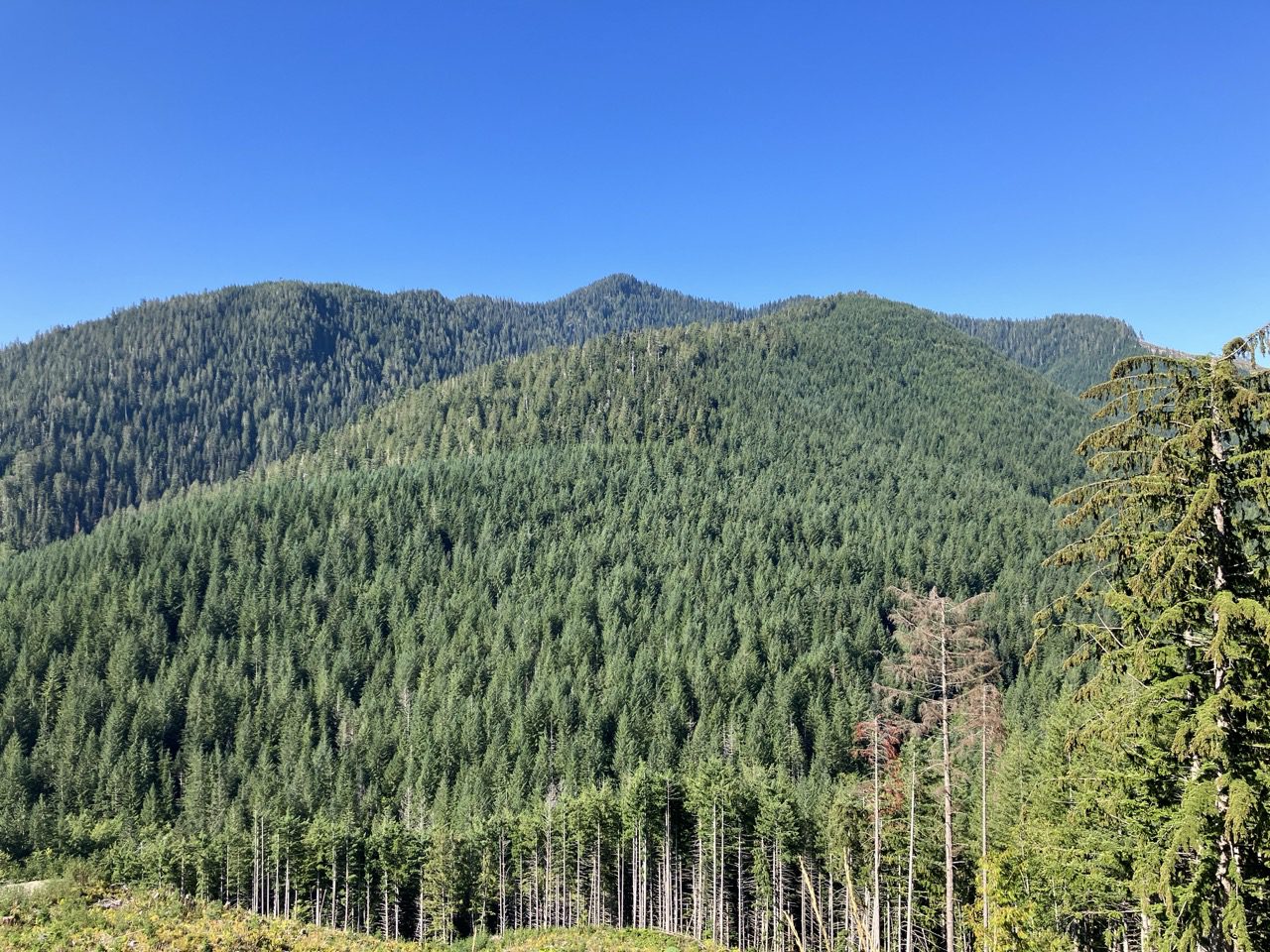[{“available”:true,”c_guid”:”bc3f5092-cd7f-4c6c-a26d-2d622df3525c”,”c_author”:”hvg.hu”,”category”:”tudomany”,”description”:”Amerikai kutatók dolgozói termelékenységet vizsgáltak. A délután és a pénteki nap már önmagukban is kevésbé aktív időszakok, hát még a péntek délután. Érdemes lenne a munkaadóknak elgondolkozniuk a rugalmasabb munkabeosztáson.”,”shortLead”:”Amerikai kutatók dolgozói termelékenységet vizsgáltak. A délután és a pénteki nap már önmagukban is kevésbé aktív…”,”id”:”20230811_felmeres_a_pentek_delutani_munkavegzes_hatekonysaga_produktivitas”,”image”:”https://api.hvg.hu/Img/ffdb5e3a-e632-4abc-b367-3d9b3bb5573b/bc3f5092-cd7f-4c6c-a26d-2d622df3525c.jpg”,”index”:0,”item”:”f9b28a45-d62f-4b78-b667-ddc1f6c66b27″,”keywords”:null,”link”:”/tudomany/20230811_felmeres_a_pentek_delutani_munkavegzes_hatekonysaga_produktivitas”,”timestamp”:”2023. augusztus. 11. 11:03″,”title”:”Kutatók szerint péntek délután már nem kellene dolgozni”,”trackingCode”:”RELATED”,”c_isbrandchannel”:false,”c_isbrandcontent”:false,”c_isbrandstory”:false,”c_isbrandcontentorbrandstory”:false,”c_isbranded”:false,”c_ishvg360article”:false,”c_partnername”:null,”c_partnerlogo”:”00000000-0000-0000-0000-000000000000″,”c_partnertag”:null},{“available”:true,”c_guid”:”d36119a2-43b5-42ca-8e7a-d7d123983e69″,”c_author”:”MTI”,”category”:”vilag”,”description”:”A Biden-kormány fogolycsere-megállapodást kötött Iránnal, aminek keretében Irán az Egyesült Államokban bebörtönzött állampolgáraiért cserébe elengedi a részben iráni származású öt amerikait, valamint a teheráni kormány hozzájuthat ahhoz a hatmilliárd dollárjához, amelyet az amerikai szankciók részeként Dél-Koreában befagyasztottak.”,”shortLead”:”A Biden-kormány fogolycsere-megállapodást kötött Iránnal, aminek keretében Irán az Egyesült Államokban bebörtönzött…”,”id”:”20230810_USA_Iran_fogolycsere_kemkedes”,”image”:”https://api.hvg.hu/Img/ffdb5e3a-e632-4abc-b367-3d9b3bb5573b/d36119a2-43b5-42ca-8e7a-d7d123983e69.jpg”,”index”:0,”item”:”820038a6-7857-4c5c-82a8-b87102875cb3″,”keywords”:null,”link”:”/vilag/20230810_USA_Iran_fogolycsere_kemkedes”,”timestamp”:”2023. augusztus. 10. 21:47″,”title”:”Fogolycsere keretében börtönből házi őrizetbe szállítottak át öt amerikai állampolgárt Iránban”,”trackingCode”:”RELATED”,”c_isbrandchannel”:false,”c_isbrandcontent”:false,”c_isbrandstory”:false,”c_isbrandcontentorbrandstory”:false,”c_isbranded”:false,”c_ishvg360article”:false,”c_partnername”:null,”c_partnerlogo”:”00000000-0000-0000-0000-000000000000″,”c_partnertag”:null},{“available”:true,”c_guid”:”10e6269c-bb79-4b2b-a905-4f1dba6479e3″,”c_author”:”hvg.hu”,”category”:”itthon”,”description”:”Lakatos Oszkár szerint a politikai és anyagi felelősség mindezért a Belügyminisztérium gondoskodáspolitikáért felelős államtitkárságát terheli. “,”shortLead”:”Lakatos Oszkár szerint a politikai és anyagi felelősség mindezért a Belügyminisztérium gondoskodáspolitikáért felelős…”,”id”:”20230811_oro_fizeteskeptelenseg”,”image”:”https://api.hvg.hu/Img/ffdb5e3a-e632-4abc-b367-3d9b3bb5573b/10e6269c-bb79-4b2b-a905-4f1dba6479e3.jpg”,”index”:0,”item”:”7ceaf5a7-0a96-4b20-a8c3-c8dd562bc410″,”keywords”:null,”link”:”/itthon/20230811_oro_fizeteskeptelenseg”,”timestamp”:”2023. augusztus. 11. 06:45″,”title”:”Fizetésképtelenséget jelentett az Országos Roma Önkormányzat”,”trackingCode”:”RELATED”,”c_isbrandchannel”:false,”c_isbrandcontent”:false,”c_isbrandstory”:false,”c_isbrandcontentorbrandstory”:false,”c_isbranded”:false,”c_ishvg360article”:false,”c_partnername”:null,”c_partnerlogo”:”00000000-0000-0000-0000-000000000000″,”c_partnertag”:null},{“available”:true,”c_guid”:”64d2363f-8afa-4572-ba72-b5eb22318289″,”c_author”:”MTI”,”category”:”tudomany”,”description”:”Bár korábban úgy tűnt, némi javulás kezdődött a Nagy Korallzátonynál, de újabb romlás indult, és fokozott veszélynek van kitéve.”,”shortLead”:”Bár korábban úgy tűnt, némi javulás kezdődött a Nagy Korallzátonynál, de újabb romlás indult, és fokozott veszélynek…”,”id”:”20230810_nagy_korallztony_el_nino_problema_oceanok_homerseklete_allapot_kifeheredes”,”image”:”https://api.hvg.hu/Img/ffdb5e3a-e632-4abc-b367-3d9b3bb5573b/64d2363f-8afa-4572-ba72-b5eb22318289.jpg”,”index”:0,”item”:”09e9c194-41c7-43d2-b5a6-7399b11b74d6″,”keywords”:null,”link”:”/tudomany/20230810_nagy_korallztony_el_nino_problema_oceanok_homerseklete_allapot_kifeheredes”,”timestamp”:”2023. augusztus. 10. 11:03″,”title”:”Egyre nagyobb a baj: már a Nagy Korallzátonyt fenyegeti az El Niño”,”trackingCode”:”RELATED”,”c_isbrandchannel”:false,”c_isbrandcontent”:false,”c_isbrandstory”:false,”c_isbrandcontentorbrandstory”:false,”c_isbranded”:false,”c_ishvg360article”:false,”c_partnername”:null,”c_partnerlogo”:”00000000-0000-0000-0000-000000000000″,”c_partnertag”:null},{“available”:true,”c_guid”:”aabe6a5c-3719-4d78-81d1-e4b4f5cdaff6″,”c_author”:”MTI”,”category”:”vilag”,”description”:”„Az országunkat ért agresszió kezdetétől elkövetett bűncselekmények túl súlyosak ahhoz, hogy egy asztalhoz le lehessen ülni” – jelentette ki Dmitro Kuleba.”,”shortLead”:”„Az országunkat ért agresszió kezdetétől elkövetett bűncselekmények túl súlyosak ahhoz, hogy egy asztalhoz le lehessen…”,”id”:”20230810_ukran_kulugyminiszter_Putyin_targyalas_Oroszorszag”,”image”:”https://api.hvg.hu/Img/ffdb5e3a-e632-4abc-b367-3d9b3bb5573b/aabe6a5c-3719-4d78-81d1-e4b4f5cdaff6.jpg”,”index”:0,”item”:”1b499df6-06f3-4f06-8a95-1b64d646bf48″,”keywords”:null,”link”:”/vilag/20230810_ukran_kulugyminiszter_Putyin_targyalas_Oroszorszag”,”timestamp”:”2023. augusztus. 10. 14:55″,”title”:”Az ukrán külügyminiszter biztosan nem fog közvetlenül tárgyalni Putyinnal”,”trackingCode”:”RELATED”,”c_isbrandchannel”:false,”c_isbrandcontent”:false,”c_isbrandstory”:false,”c_isbrandcontentorbrandstory”:false,”c_isbranded”:false,”c_ishvg360article”:false,”c_partnername”:null,”c_partnerlogo”:”00000000-0000-0000-0000-000000000000″,”c_partnertag”:null},{“available”:true,”c_guid”:”bc6a2363-99d7-4f2c-b41f-4f81ad47fe58″,”c_author”:”MTI”,”category”:”vilag”,”description”:”Thomas H. május óta többször megkereste a bonni orosz főkonzulátust és a berlini orosz nagykövetséget, és együttműködést ajánlott fel, egy alkalommal pedig a munkája közben szerzett információkat is átadott.”,”shortLead”:”Thomas H. május óta többször megkereste a bonni orosz főkonzulátust és a berlini orosz nagykövetséget, és…”,”id”:”20230810_kemkedes_Oroszorszag_Nemetorszag_Bundeswehr”,”image”:”https://api.hvg.hu/Img/ffdb5e3a-e632-4abc-b367-3d9b3bb5573b/bc6a2363-99d7-4f2c-b41f-4f81ad47fe58.jpg”,”index”:0,”item”:”33f83836-3106-4ac2-a36a-591f471a24e5″,”keywords”:null,”link”:”/vilag/20230810_kemkedes_Oroszorszag_Nemetorszag_Bundeswehr”,”timestamp”:”2023. augusztus. 10. 11:19″,”title”:”Kémkedhetett Oroszországnak, letartóztatták a német hadsereg egyik beszerzőjét”,”trackingCode”:”RELATED”,”c_isbrandchannel”:false,”c_isbrandcontent”:false,”c_isbrandstory”:false,”c_isbrandcontentorbrandstory”:false,”c_isbranded”:false,”c_ishvg360article”:false,”c_partnername”:null,”c_partnerlogo”:”00000000-0000-0000-0000-000000000000″,”c_partnertag”:null},{“available”:true,”c_guid”:”7a151ae2-c721-48cb-aeb5-55d38850a12b”,”c_author”:”hvg.hu”,”category”:”itthon”,”description”:”Két jármű ütközött össze Bag közelében csütörtök este.”,”shortLead”:”Két jármű ütközött össze Bag közelében csütörtök este.”,”id”:”20230810_Halalos_baleset_M3as_autopalya”,”image”:”https://api.hvg.hu/Img/ffdb5e3a-e632-4abc-b367-3d9b3bb5573b/7a151ae2-c721-48cb-aeb5-55d38850a12b.jpg”,”index”:0,”item”:”ae1e28be-0ead-499b-b3da-37a53d34188c”,”keywords”:null,”link”:”/itthon/20230810_Halalos_baleset_M3as_autopalya”,”timestamp”:”2023. augusztus. 10. 22:10″,”title”:”Halálos baleset történt az M3-as autópályán”,”trackingCode”:”RELATED”,”c_isbrandchannel”:false,”c_isbrandcontent”:false,”c_isbrandstory”:false,”c_isbrandcontentorbrandstory”:false,”c_isbranded”:false,”c_ishvg360article”:false,”c_partnername”:null,”c_partnerlogo”:”00000000-0000-0000-0000-000000000000″,”c_partnertag”:null},{“available”:true,”c_guid”:”102f09ab-551f-422f-a5be-0cab2ded7abf”,”c_author”:”hvg.hu”,”category”:”cegauto”,”description”:”Az autóipari cégek régóta és aktívan használják a híres-hírhedt pályát tesztelésre a termékeik fejlesztése során.”,”shortLead”:”Az autóipari cégek régóta és aktívan használják a híres-hírhedt pályát tesztelésre a termékeik fejlesztése során.”,”id”:”20230810_Ket_ember_meghalt_teszteles_kozben_a_Nurburgringen”,”image”:”https://api.hvg.hu/Img/ffdb5e3a-e632-4abc-b367-3d9b3bb5573b/102f09ab-551f-422f-a5be-0cab2ded7abf.jpg”,”index”:0,”item”:”135af409-2cd3-4b38-ae82-ab681501d83c”,”keywords”:null,”link”:”/cegauto/20230810_Ket_ember_meghalt_teszteles_kozben_a_Nurburgringen”,”timestamp”:”2023. augusztus. 10. 16:29″,”title”:”Két ember meghalt tesztelés közben a Nürburgringen”,”trackingCode”:”RELATED”,”c_isbrandchannel”:false,”c_isbrandcontent”:false,”c_isbrandstory”:false,”c_isbrandcontentorbrandstory”:false,”c_isbranded”:false,”c_ishvg360article”:false,”c_partnername”:null,”c_partnerlogo”:”00000000-0000-0000-0000-000000000000″,”c_partnertag”:null}]
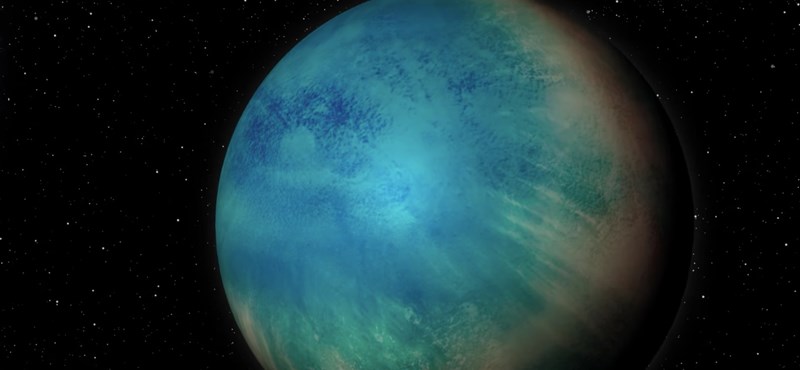

Depending on your membership level, we offer, among others:
- We send you an exclusive weekly digest of the interesting things in the world;
- You can gain insight into the work of HVG, you can meet our authors;
- You can take part in pre-premier screenings of the latest films, in various events;
- You can buy HVG books and publications at a discount;
- You can read hvg360 digital news magazine.
We recommend it from the first page
















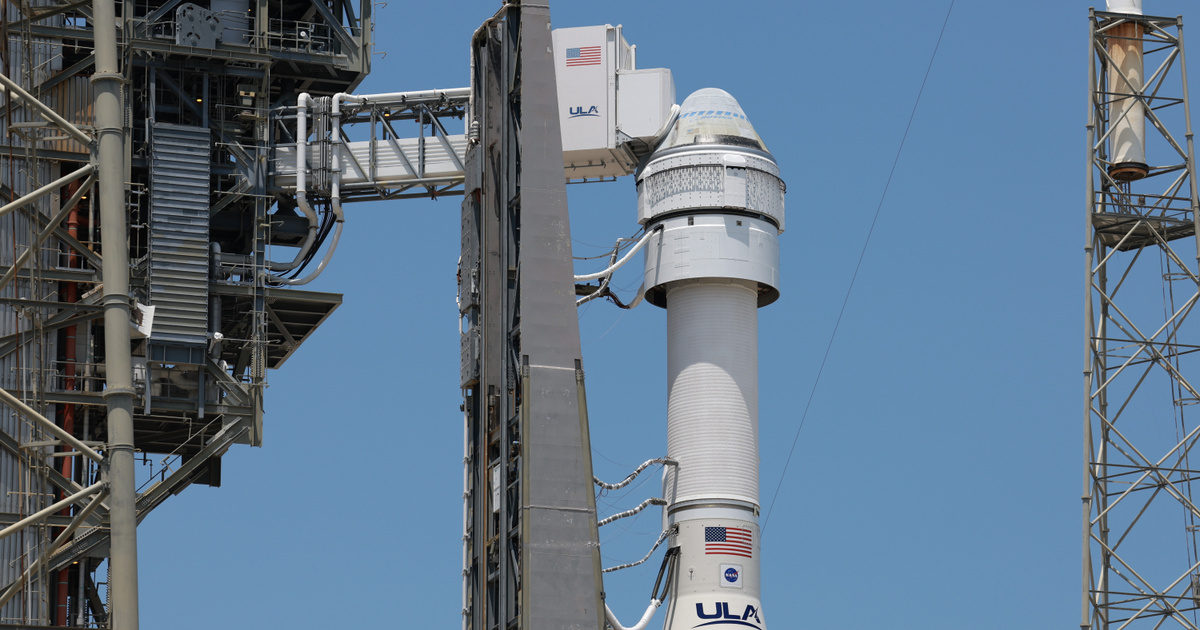




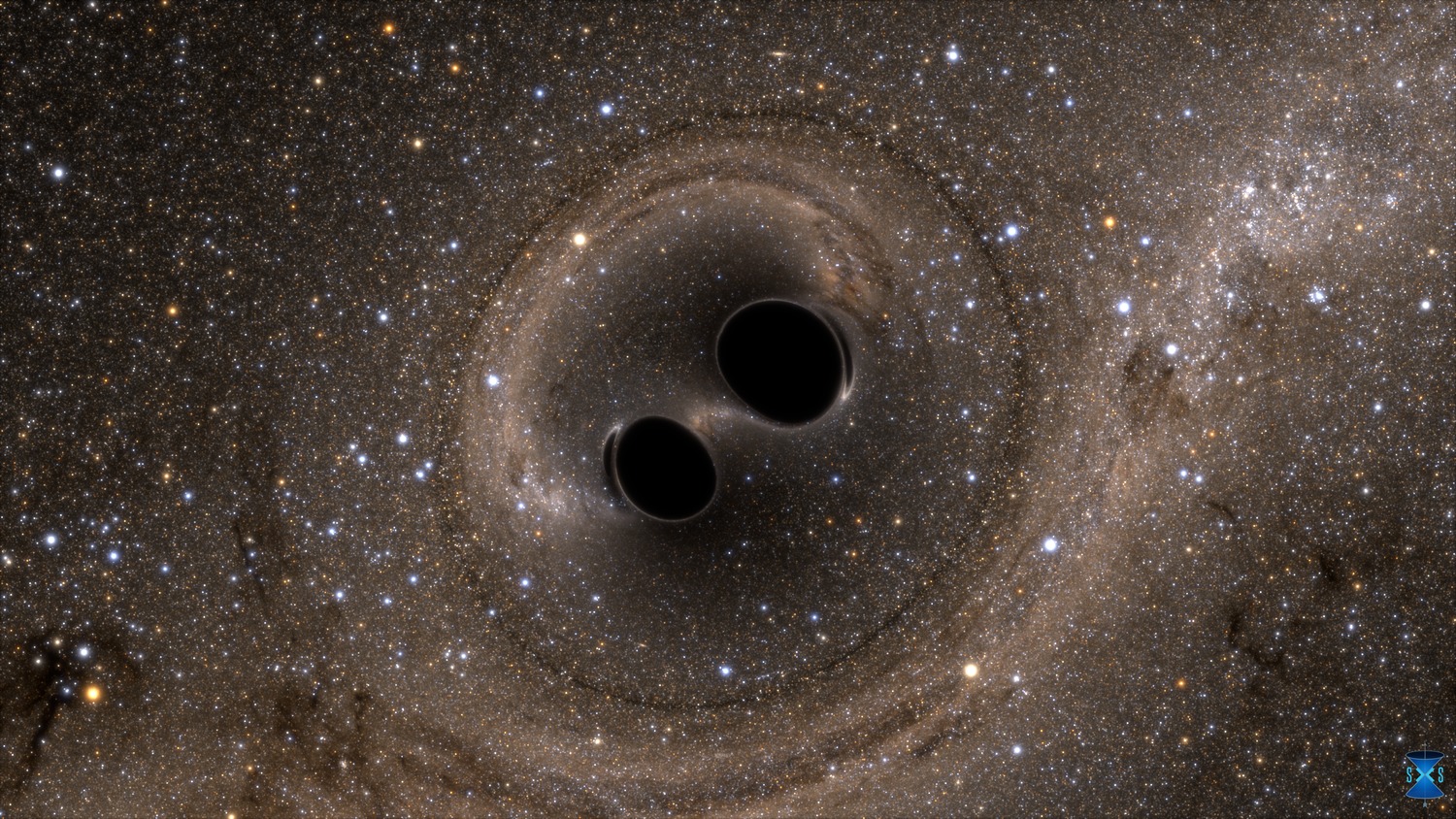
![The Italian Souls clone has been delayed, but is coming to multiple consoles [VIDEO]](https://thegeek.hu/wp-content/uploads/sites/2/2024/05/thegeek-Enotria-The-Last-Song-1.jpg)
